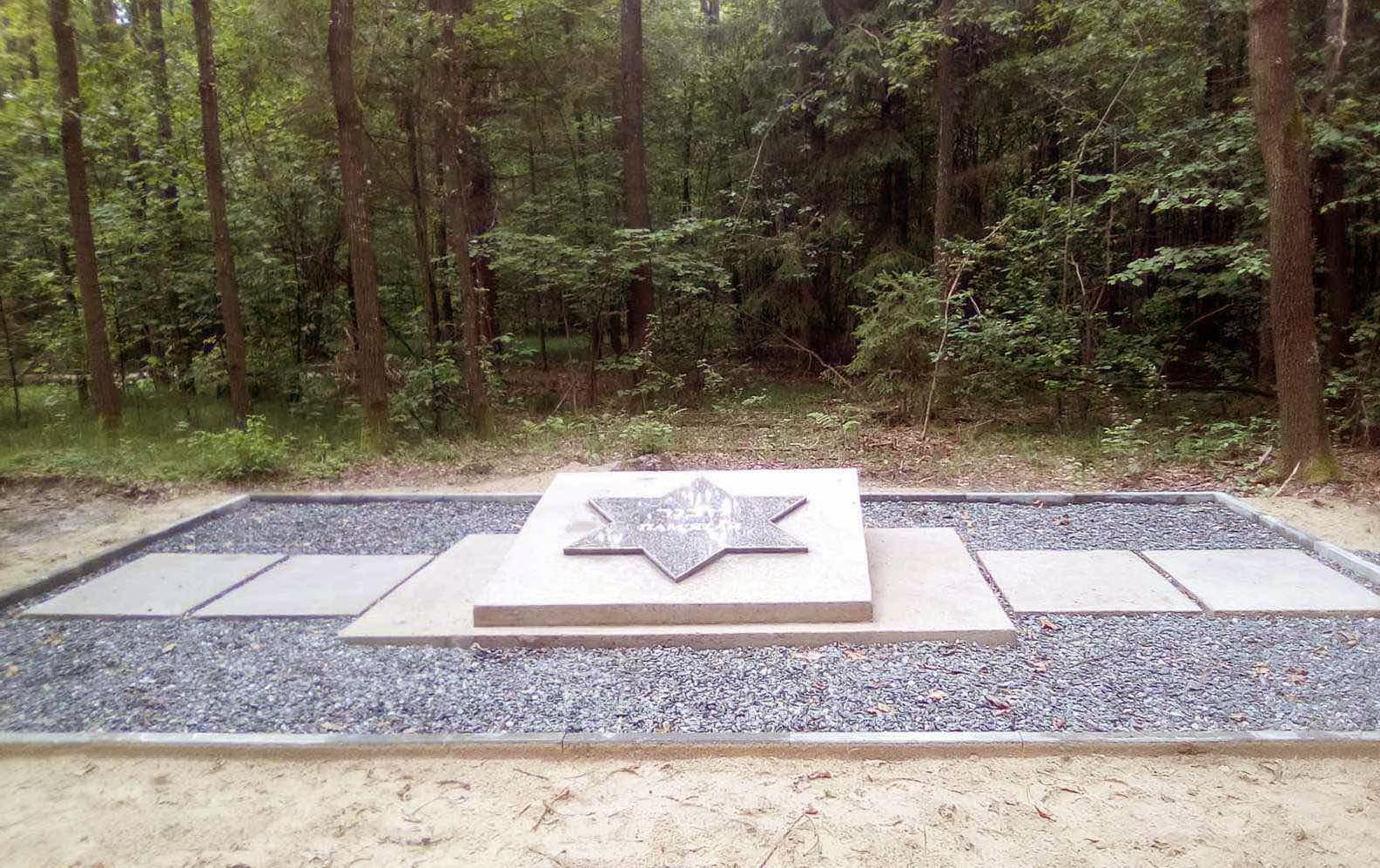One of the first Jewish uprisings in the history of the World War II began in the ghetto of the town of Tuchin in Volyn on September 24, 1942. The Wehrmacht occupied Tuchin on July 6, 1941. For the first two months, the city was under control of the military administration (Ortskommandantur). On September 1, 1941, a civil administration was formed in Tuchin. The city became the center of Tuchin district, which was part of the district "Rivne".
During the summer and autumn of 1941, a number of anti-Jewish decrees were issued in Tuchin: Jews were supposed to wear armbands with the Star of David; it was forbidden to leave the city, the practice of forced labor was introduced and the so-called Jewish Council - Judenrat. A year after the beginning of the occupation, in July 1942, a ghetto was established in Tuchin, which included about 3,000 Jews from the city and surrounding villages.
Information about the actions of extermination of the Jewish population in the surrounding settlements, as well as information about the liquidation of the Rivne ghetto in July 1942 led to the organization of an uprising in the Tuchin ghetto. Researchers call the resistance of its inhabitants perhaps the most organized among the uprisings in small ghettos.
The uprising was prepared by the chairman of the Judenrat Herschel Schwartzman and his deputy, teacher Mayr Himmelfarb. They led a combat group created by them, which was armed with only 5 rifles, 25 pistols, hand grenades. The weapons were distributed among four groups of 60 young prisoners. Schwartzman's plan was to set fire to the houses, set fire to the ghetto, and use the panic among the occupiers to flee into the woods when the Nazis began liquidating the ghetto. Herschel Schwartzman announced these plans to the ghetto residents on September 21, when they gathered for prayer on the eve of Yom Kippur.
During the operation to liquidate the Tuchin Ghetto on September 23-24, 1942 by German special teams together with the local auxiliary police, Jewish resistance groups revolted, setting buildings on fire and opening fire on the attackers. Covering the retreat of the ghetto residents, most of the Jewish soldiers were killed, including the sons of the head of Juderat. Under cover of smoke, about 2,000 prisoners tried to escape into the woods. However, most of the fugitives were found and shot by the Germans. Two days later, the leader of the uprising, Herschel Schwartzman, was shot dead. Some managed to join the guerrilla units. On the fourth day after the uprising, about 300 women (mostly mothers with young children) voluntarily returned without enduring the harsh living conditions in the forest. Of the approximately 700 people who remained in the forest and were not captured in the first days after the uprising, only about 20 survived the liberation of Tuchin in February 1944.
